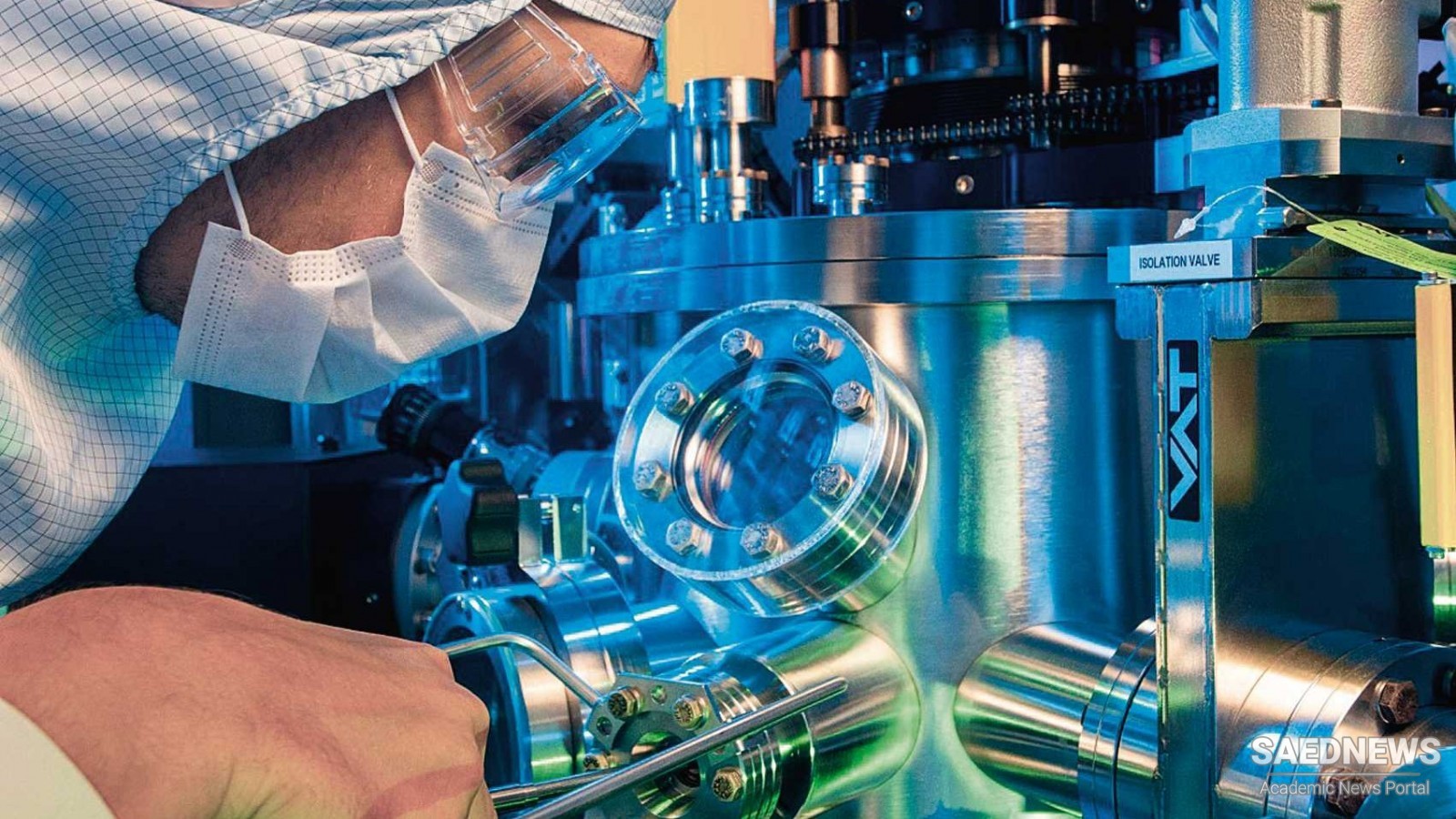Modern nuclear technology emerged in the twentieth century from the pioneering intellectual achievements of many scientists who struggled to explain the atom, identify and characterize its fundamental components, and apply such previously unanticipated phenomena as radioactivity and nuclear energy. Through a series of dramatic discoveries, these scientists unraveled the secrets hidden within the atomic nucleus. Using the phenomena of nuclear fission and nuclear fusion, scientists unlocked the vast energy content of the atomic nucleus. Their pioneering scientific efforts, performed during times of peace and conflict, resulted in a new scientific understanding of matter, its fundamental components, and the physical laws governing the relationship between energy and matter. Throughout the history of technology, only a few events have dramatically altered the course of human civilization. Amazingly, nuclear technology provided two such world-changing events within three years. On December 2, 1942, a small band of scientists led by the Italian-American physicist Enrico Fermi succeeded in operating the world’s first nuclear reactor at the University of Chicago. Although primitive by modern technology standards, Chicago Pile One (CP-1) inaugurated the modern age of nuclear power. This pioneering experiment in the control of a nuclear fission chain reaction began a new technical era filled with great hope that human beings might wisely harvest the energy within the atomic nucleus. Nuclear scientists quickly recognized that an operating reactor also provided them with a large quantity of neutrons to create many interesting new isotopes for applications in medicine, industry, basic research, environmental science, and space exploration.


 IRGC's New Technology for Digital Detection and Diagnosis of Covid19
IRGC's New Technology for Digital Detection and Diagnosis of Covid19














































